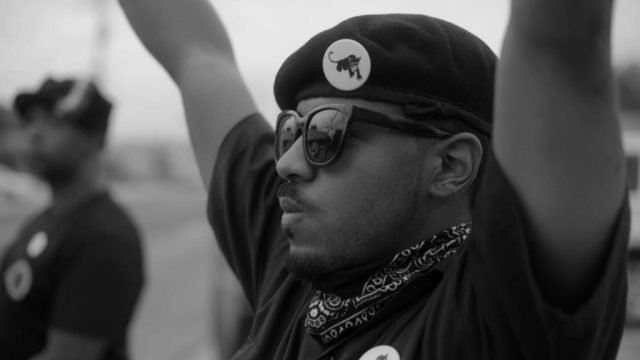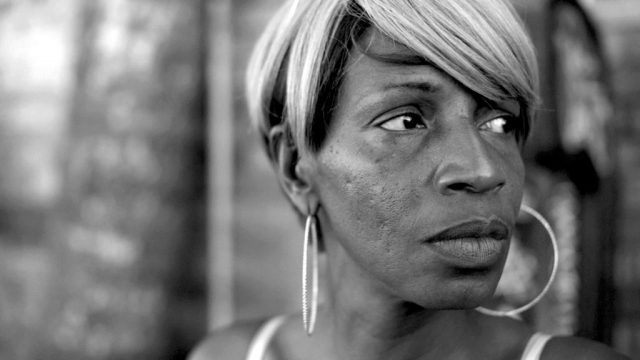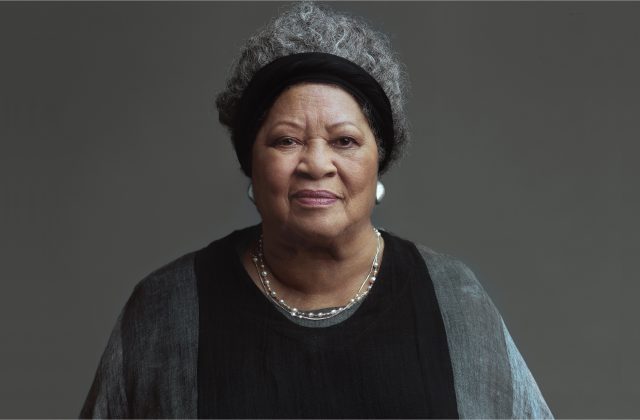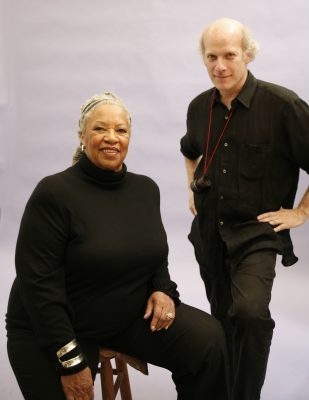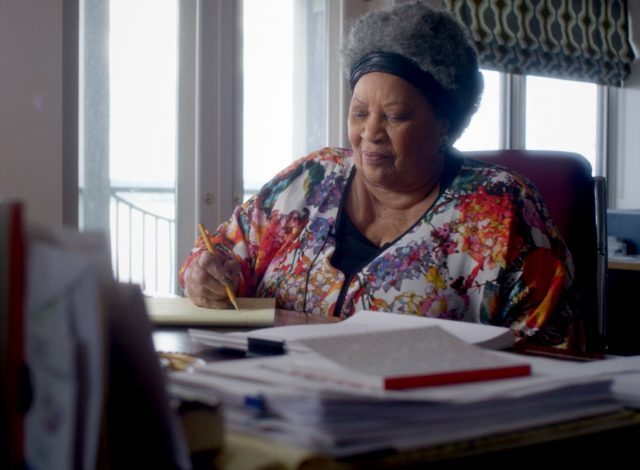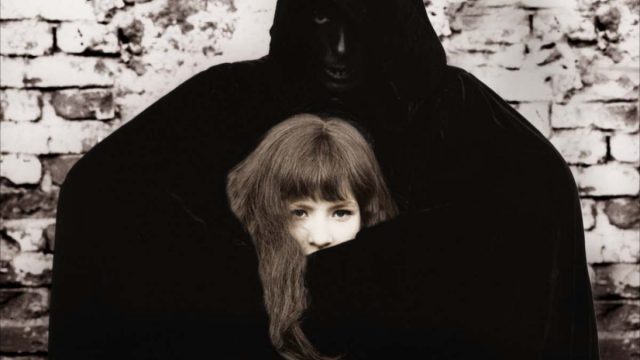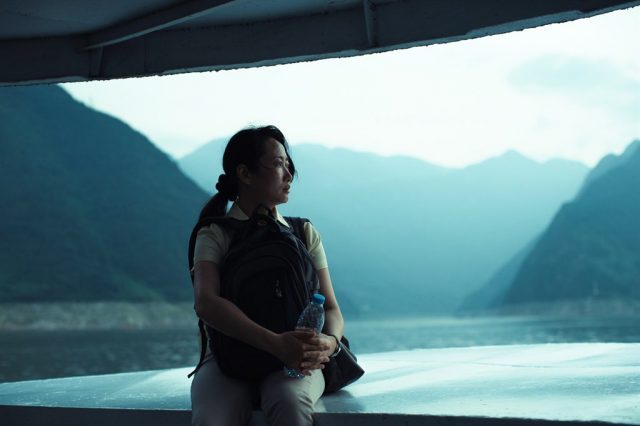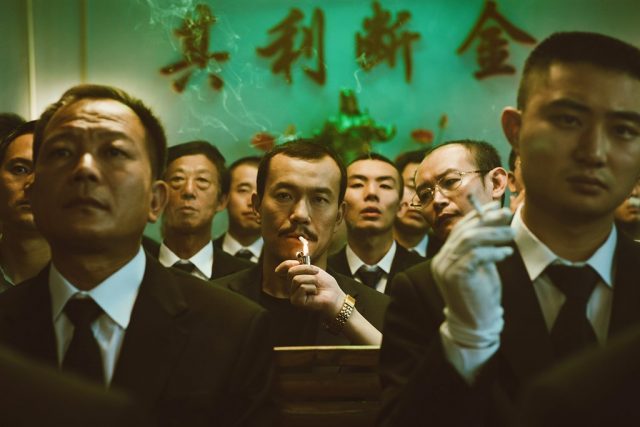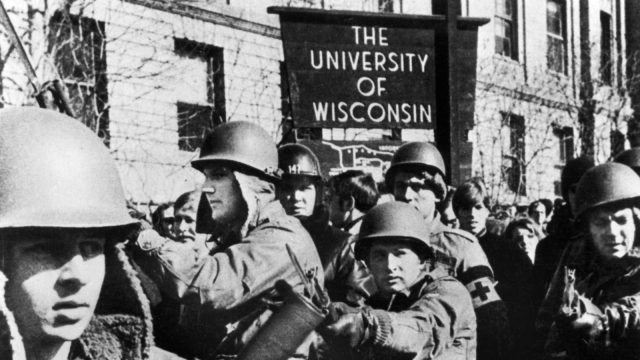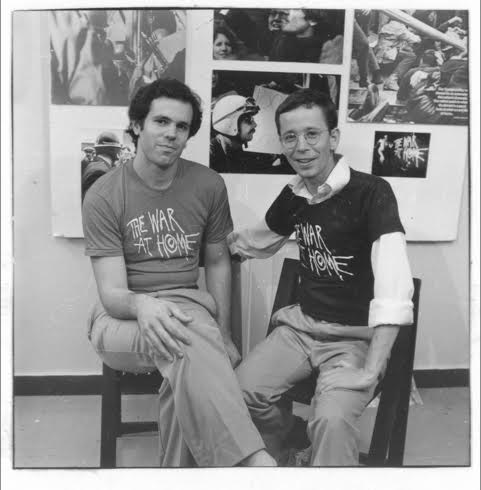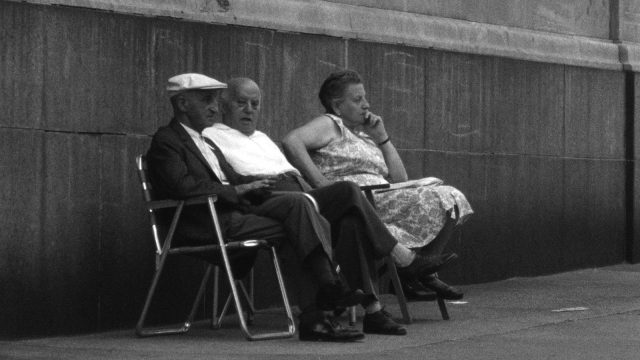
Manfred Kirchheimer’s Free Time is having its world premiere this weekend at the New York Film Festival
FREE TIME (Manfred Kirchheimer, 2019)
Film Society of Lincoln Center
Francesca Beale Theater, Elinor Bunin Munroe Film Center
144 West 65th St. between Broadway & Amsterdam Ave.
Sunday, September 29, 6:15
Festival runs September 27 – October 13
www.filmlinc.org
 Eighty-eight-year-old Manfred Kirchheimer will be at Lincoln Center’s Francesca Beale Theater tonight to screen and discuss his latest work, the subtly dazzling Free Time, which had its world premiere yesterday in the Spotlight on Documentary section of the fifty-seventh annual New York Film Festival. The German-born, New York-raised Kirchheimer has taken 16mm black-and-white footage he and Walter Hess shot between 1958 and 1960 in such neighborhoods as Hell’s Kitchen, Washington Heights, Inwood, Queens, and the Upper East Side and turned it into an exquisite city symphony reminiscent of Helen Levitt, Janice Loeb, and James Agee’s classic 1948 short In the Street, which sought to “capture . . . an image of human existence.” Kirchheimer does just that, following a day in the life of New York as kids play stickball, a group of older people set up folding chairs on the sidewalk and read newspapers and gossip, a worker disposes of piles of flattened boxes, laundry hangs from clotheslines between buildings, a woman cleans the outside of her windows while sitting on the ledge, a fire rages at a construction site, and a homeless man pushes his overstuffed cart.
Eighty-eight-year-old Manfred Kirchheimer will be at Lincoln Center’s Francesca Beale Theater tonight to screen and discuss his latest work, the subtly dazzling Free Time, which had its world premiere yesterday in the Spotlight on Documentary section of the fifty-seventh annual New York Film Festival. The German-born, New York-raised Kirchheimer has taken 16mm black-and-white footage he and Walter Hess shot between 1958 and 1960 in such neighborhoods as Hell’s Kitchen, Washington Heights, Inwood, Queens, and the Upper East Side and turned it into an exquisite city symphony reminiscent of Helen Levitt, Janice Loeb, and James Agee’s classic 1948 short In the Street, which sought to “capture . . . an image of human existence.” Kirchheimer does just that, following a day in the life of New York as kids play stickball, a group of older people set up folding chairs on the sidewalk and read newspapers and gossip, a worker disposes of piles of flattened boxes, laundry hangs from clotheslines between buildings, a woman cleans the outside of her windows while sitting on the ledge, a fire rages at a construction site, and a homeless man pushes his overstuffed cart.
Kirchheimer and Hess focus on shadows under the el train tracks, gargoyles on building facades, smoke emerging from sewer grates, old cars stacked at a junkyard, and grave markers at a cemetery as jazz and classical music is played by Count Basie (“On the Sunny Side of the Street,” “Sandman”), John Lewis (“The Festivals,” “Sammy”), Bach (“The Well Tempered Klavier, Book 1 — Fugue in B flat minor”), Ravel (Sonata for Violin & Cello), and others, with occasional snatches of street sounds. The title of the film is an acknowledgment of a different era, when people actually had free time, now a historical concept with constant electronic contact through social media and the internet and the desperate need for instant gratification. Kirchheimer, whose Dream of a City was shown at last year’s festival and whose poetic Stations of the Elevated was part of the 1981 fest (but not released theatrically until 2014), directed and edited Free Time and did the sound, and it’s a leisurely paced audiovisual marvel. The only unfortunate thing is that is only an hour long; I could have watched it for days. The film is screening September 29 at 6:15, preceded by the fifteen-minute Suite No. 1, Prelude, Nicholas Ma’s tribute to his father, cellist Yo-Yo Ma, with both Kirchheimer and Ma participating in a Q&A afterward.

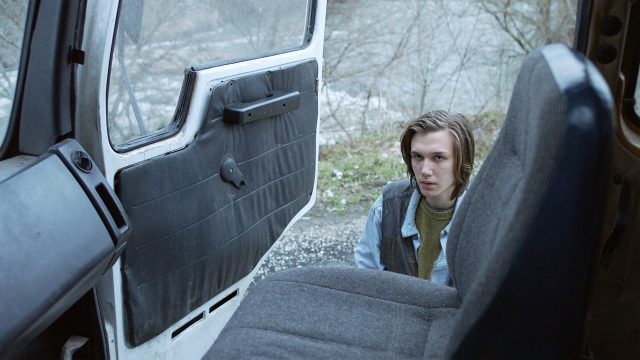
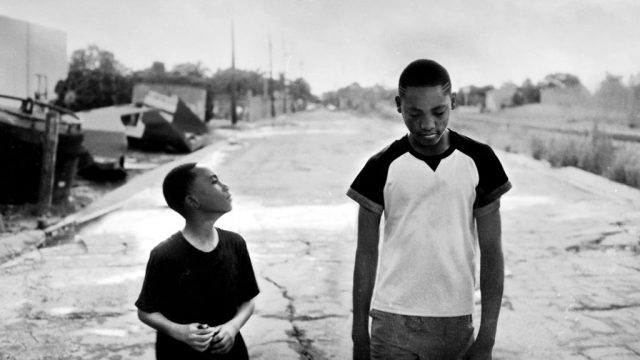
 Roberto Minervini follows up his Texas Trilogy – The Passage, Low Tide, and Stop the Pounding Heart – with the powerful sociopolitical call to action, What You Gonna Do When the World’s on Fire? The film is shot in sharp, distinctive black-and-white by cinematographer Diego Romero Suarez-Llanos so that it looks like a fictional work from the civil rights era, but it is an all-too-real documentary that shows what’s happening in the US today, even though far too many Americans would deny the inherent realities the movie depicts. Italian-born director Minervini, who is based in the American south, tells four poignant stories steeped in oppression: Judy Hill is struggling to get by, running a bar that has become an important meeting place for the Tremé community while also caring for her elderly mother, Dorothy; Ashlei King hopes that her young sons, fourteen-year-old Ronaldo King and nine-year-old Titus Turner, come back safe after going out to play in a junkyard; Mardi Gras Indian Chief Kevin Goodman melds black and Native American traditions in changing times; and Krystal Muhammad and the New Black Panther Party for Self Defense protest the killings of two African American men at the hands of police.
Roberto Minervini follows up his Texas Trilogy – The Passage, Low Tide, and Stop the Pounding Heart – with the powerful sociopolitical call to action, What You Gonna Do When the World’s on Fire? The film is shot in sharp, distinctive black-and-white by cinematographer Diego Romero Suarez-Llanos so that it looks like a fictional work from the civil rights era, but it is an all-too-real documentary that shows what’s happening in the US today, even though far too many Americans would deny the inherent realities the movie depicts. Italian-born director Minervini, who is based in the American south, tells four poignant stories steeped in oppression: Judy Hill is struggling to get by, running a bar that has become an important meeting place for the Tremé community while also caring for her elderly mother, Dorothy; Ashlei King hopes that her young sons, fourteen-year-old Ronaldo King and nine-year-old Titus Turner, come back safe after going out to play in a junkyard; Mardi Gras Indian Chief Kevin Goodman melds black and Native American traditions in changing times; and Krystal Muhammad and the New Black Panther Party for Self Defense protest the killings of two African American men at the hands of police.